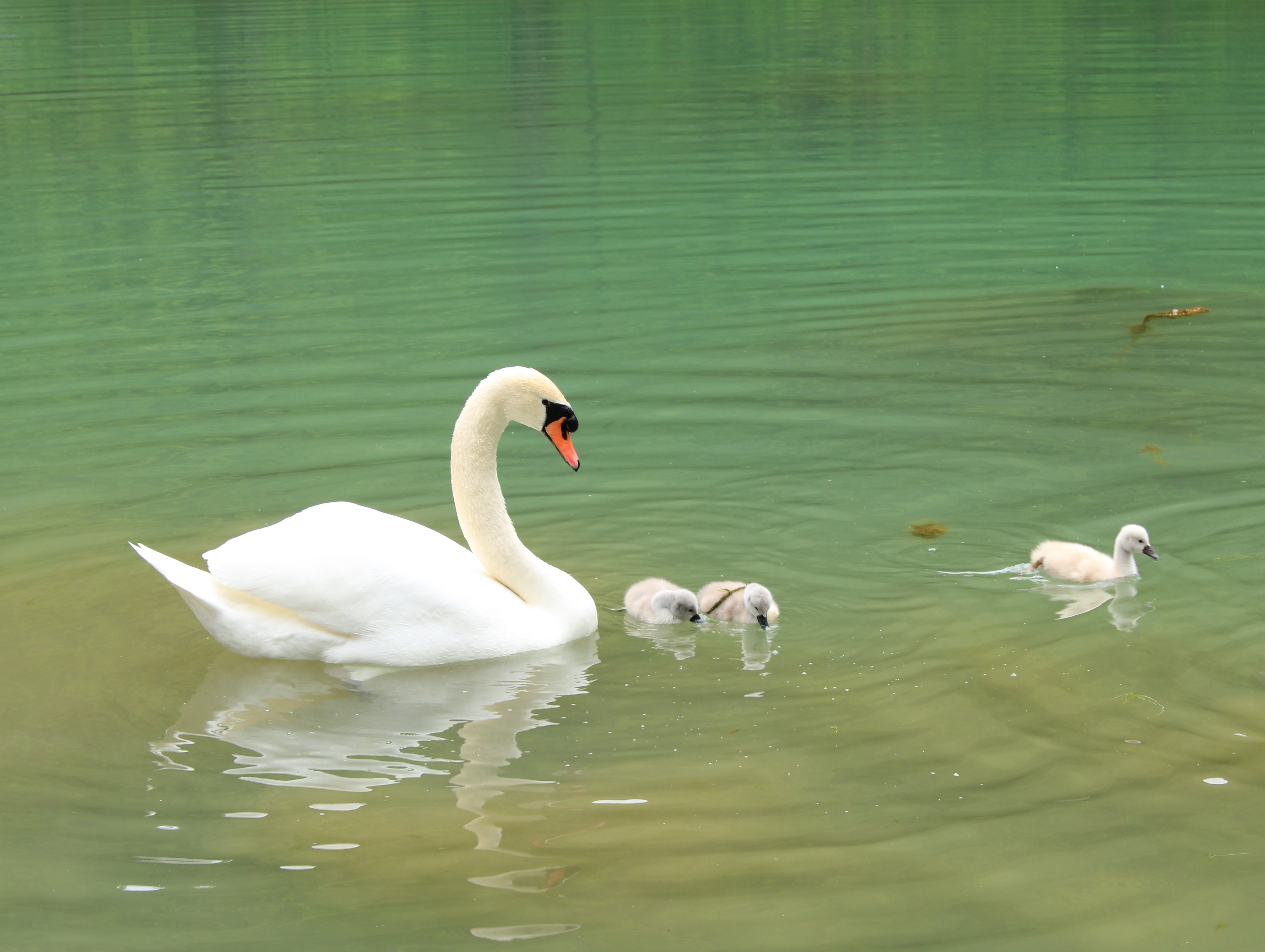|
Kulykol (Akzhar District)
Kulykol () is a lake in Kamysty District, Kostanay Region, Kazakhstan. The lake lies near the Kazakhstan–Russia border. The nearest inhabited place is Taldykol, located to the east.Google Earth Kulykol is part of the Kulykol-Taldykol Lake System, a Ramsar site since 2009. The name of the lake comes from the Kazakh ''"Қулы/көл"'', meaning "swan/lake". Geography Kulykol is an elongated lake, stretching roughly from NNE to SSW. It is part of the right bank of the upper course of the Tobol basin. In years of abundant snowfall its area may increase to . Smaller Taldykol lake lies east of the northeastern corner of the lake. The Russian border runs about to the west of Kulykol. Lake Ayke lies about to the SSW right at the border. Fauna Part of the shore of the lake is covered with reeds. The Kulykol-Taldykol Lake System, of which the lake is a part, is a critical site for the nesting, migration and molting of wetland bird species, including the critically endangered ... [...More Info...] [...Related Items...] OR: [Wikipedia] [Google] [Baidu] |
Sentinel-2
Sentinel-2 is an Earth observation mission from the Copernicus Programme that acquires optical imagery at high spatial resolution (10 m to 60 m) over land and coastal waters. The mission's Sentinel-2A and Sentinel-2B satellites were joined in orbit in 2024 by a third, Sentinel-2C, and in the future by Sentinel-2D, eventually replacing the A and B satellites, respectively. The mission supports services and applications such as agricultural monitoring, emergencies management, land cover classification, and water quality. Sentinel-2 has been developed and is being operated by the European Space Agency. The satellites were manufactured by a consortium led by Airbus Defence and Space in Friedrichshafen, Germany. Overview The Sentinel-2 mission includes: * Multispectral image, Multi-spectral data with 13 bands in the Visible spectrum, visible, Infrared#Regions within the infrared, near infrared, and Infrared#Regions within the infrared, short wave infrared part of the Electromagnetic ... [...More Info...] [...Related Items...] OR: [Wikipedia] [Google] [Baidu] |
Tobol
The Tobol (, ) is a river in Western Siberia (in Kazakhstan and Russia) and the main (left) tributary of the Irtysh. Its length is , and the area of its drainage basin is . History The Tobol River was one of the four important rivers of the Siberia Khanate. In 1428 the khan was killed in a battle with the forces of Abu'l-Khayr Khan at the Battle of Tobol. In the 16th century, the Tobol was the eastern terminus of the portage route leading westward to the rivers Vishera and Kama. Cities and towns on the Tobol * Lisakovsk in Kazakhstan * Rudni in Kazakhstan * Kostanay (formerly Nikolaevsk) in Kazakhstan * Kurgan in the Russian Federation * Yalutorovsk in the Russian Federation * Tobolsk in the Russian Federation, where the Tobol joins the Irtysh Main tributaries The largest tributaries of the Tobol are, from source to mouth: * Syntasty (left) * Ayat (left) * Uy (left) * Ubagan (right) * Iset (left) * Tura (left) * Tavda (left) References Rivers of Ka ... [...More Info...] [...Related Items...] OR: [Wikipedia] [Google] [Baidu] |
List Of Ramsar Wetlands Of International Importance
Ramsar sites are protected under by the Ramsar Convention, an international treaty for the conservation and sustainable use of wetlands, recognizing the fundamental ecological functions of wetlands and their economic, cultural, scientific, and recreational value. The convention establishes that "wetlands should be selected for the list on account of their international significance in terms of ecology, botany, zoology, limnology or hydrology." Over the years, the Conference of the Contracting Parties has adopted more specific criteria interpreting the convention text. The Ramsar List organizes the Ramsar sites according to the contracting party that designated each to the list. Contracting parties are grouped into six "regions": Africa, Asia, Europe, Latin American and the Caribbean, North America, and Oceania. , 171 states have acceded to the convention and designated 2,531 sites to the list, covering ; one other state has acceded to the convention but has yet to designate any s ... [...More Info...] [...Related Items...] OR: [Wikipedia] [Google] [Baidu] |
List Of Lakes Of Kazakhstan ...
Excluding the northernmost districts, Kazakhstan consists of endorheic basins, where rivers flow into one of the numerous lakes. The most important drainage system is known as Yedisu, meaning "seven rivers" in Turkic languages. Below is a list of the more important lakes, some of which are shared (Caspian Sea, Lake Aral, Lake Aike, etc.) with the neighbouring countries. See also * Sor (geomorphology) References {{Europe topic, List of lakes of * Lakes Kazakhstan Kazakhstan, officially the Republic of Kazakhstan, is a landlocked country primarily in Central Asia, with a European Kazakhstan, small portion in Eastern Europe. It borders Russia to the Kazakhstan–Russia border, north and west, China to th ... [...More Info...] [...Related Items...] OR: [Wikipedia] [Google] [Baidu] |
Muskrat
The muskrat or common muskrat (''Ondatra zibethicus'') is a medium-sized semiaquatic rodent native to North America and an introduced species in parts of Europe, Asia, and South America. The muskrat is found in wetlands over various climates and habitats. It has crucial effects on the ecology of wetlands, and is a resource of food and fur for humans. Adult muskrats weigh , with a body length (excluding the tail) of . They are covered with short, thick fur of medium to dark brown color. Their long tails, covered with scales rather than hair, are laterally compressed and generate a small amount of thrust, with their webbed hind feet being the main means of Aquatic locomotion, propulsion, and the unique tail mainly important in directional stability. Muskrats spend most of their time in the water and can swim underwater for 12 to 17 minutes. They live in families of a male and female pair and their young. They build nests to protect themselves from the cold and predators, often ... [...More Info...] [...Related Items...] OR: [Wikipedia] [Google] [Baidu] |
Siberian Crane
The Siberian crane (''Leucogeranus leucogeranus''), also known as the Siberian white crane or the snow crane, is a bird of the family Gruidae, the crane (bird), cranes. They are distinctive among the cranes: adults are nearly all White, snowy white, except for their black Flight feather, primary feathers that are visible in flight, and with two Population ecology, breeding populations in the Arctic tundra of western and Russian Far East, eastern Russia. The eastern populations bird migration, migrate during winter to China, while the western population winters in Iran and (formerly) in Bharatpur district, Bharatpur, India. Among the cranes, they make the longest distance Animal migration, migrations. Their populations, particularly those in the western range, have declined drastically in the 20th century due to Fowling, hunting along their migration routes and habitat destruction, habitat degradation. The world population was estimated in 2010 at about 3,200 birds, mostly belongin ... [...More Info...] [...Related Items...] OR: [Wikipedia] [Google] [Baidu] |
Critically Endangered
An IUCN Red List critically endangered (CR or sometimes CE) species is one that has been categorized by the International Union for Conservation of Nature as facing an extremely high risk of extinction in the wild. As of December 2023, of the 157,190 species currently on the IUCN Red List, 9,760 of those are listed as critically endangered, with 1,302 being possibly extinct and 67 possibly extinct in the wild. The IUCN Red List provides the public with information regarding the conservation status of animal, fungi, and plant species. It divides various species into seven different categories of conservation that are based on habitat range, population size, habitat, threats, etc. Each category represents a different level of global extinction risk. Species that are considered to be critically endangered are placed within the "Threatened" category. As the IUCN Red List does not consider a species extinct until extensive targeted surveys have been conducted, species that a ... [...More Info...] [...Related Items...] OR: [Wikipedia] [Google] [Baidu] |
Typha
''Typha'' is a genus of about 30 species of monocotyledonous flowering plants in the family Typhaceae. These plants have a variety of common names, in British English as bulrushStreeter D, Hart-Davies C, Hardcastle A, Cole F, Harper L. 2009. ''Collins Flower Guide''. Harper Collins or (mainly historically) reedmace, in American English as cattail, or punks, in Australia as cumbungi or bulrush, in Canada as bulrush or cattail, and in New Zealand as raupō, bullrush, cattail or reed. Other taxa of plants may be known as bulrush, including some Cyperaceae, sedges in ''Scirpus'' and related genera. The genus is largely distributed in the Northern Hemisphere, where it is found in a variety of wetland habitats. The rhizomes are edible, though at least some species are known to accumulate toxins and so must first undergo treatment before being eaten. Evidence of preserved starch grains on grinding stones suggests they were already eaten in Europe 30,000 years ago. Description ''Typ ... [...More Info...] [...Related Items...] OR: [Wikipedia] [Google] [Baidu] |
Ayke
Ayke (, ''Äike'') is a lake in the Ayteke Bi District, Aktobe Region, Kazakhstan. Geography The lake is located on the Kazakhstan–Russia border. The border runs roughly from north to south and the largest part of the lake is in Kazakhstan, with only a small sector in the NW part within Russia. Ayke has an area of about . The Kazakh village of Ayke is located on the eastern lakeshore. Lake Shalkar-Yega-Kara lies about to the southwest, on the other side of the border, and lake Kulykol to the NNE. See also *List of lakes of Kazakhstan Excluding the northernmost districts, Kazakhstan consists of endorheic basins, where rivers flow into one of the numerous lakes. The most important drainage system is known as Yedisu, meaning "seven rivers" in Turkic languages. Below is a list o ... References Ayke Ayke Kazakhstan–Russia border Ayke Ayke Endorheic lakes of Asia {{AktobeRegion-geo-stub ... [...More Info...] [...Related Items...] OR: [Wikipedia] [Google] [Baidu] |
Snowfall
Snow consists of individual ice crystals that grow while suspended in the atmosphere—usually within clouds—and then fall, accumulating on the ground where they undergo further changes. It consists of frozen crystalline water throughout its life cycle, starting when, under suitable conditions, the ice crystals form in the atmosphere, increase to millimeter size, precipitate and accumulate on surfaces, then metamorphose in place, and ultimately melt, slide, or Sublimation (phase transition), sublimate away. Snowstorms organize and develop by feeding on sources of atmospheric moisture and cold air. Snowflakes Nucleation, nucleate around particles in the atmosphere by attracting supercooling, supercooled water droplets, which Freezing, freeze in hexagonal-shaped crystals. Snowflakes take on a variety of shapes, basic among these are platelets, needles, columns, and Hard rime, rime. As snow accumulates into a snowpack, it may blow into drifts. Over time, accumulated snow m ... [...More Info...] [...Related Items...] OR: [Wikipedia] [Google] [Baidu] |
Swan
Swans are birds of the genus ''Cygnus'' within the family Anatidae. The swans' closest relatives include the goose, geese and ducks. Swans are grouped with the closely related geese in the subfamily Anserinae where they form the tribe (biology), tribe Cygnini. Sometimes, they are considered a distinct subfamily, Cygninae. They are the largest Anseriformes, waterfowl and are often among the largest Bird flight, flighted birds in their range. There are six living and many extinct species of swan; in addition, there is a species known as the coscoroba swan which is no longer considered one of the true swans. Swans usually mate for life, although separation sometimes occurs, particularly following nesting failure, and if a mate dies, the remaining swan will take up with another. The number of bird egg, eggs in each :wikt:clutch, clutch ranges from three to eight. Taxonomy and terminology The genus ''Cygnus'' was introduced in 1764 by the French naturalist François Alexandre Pier ... [...More Info...] [...Related Items...] OR: [Wikipedia] [Google] [Baidu] |







